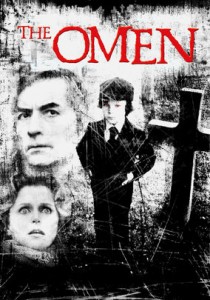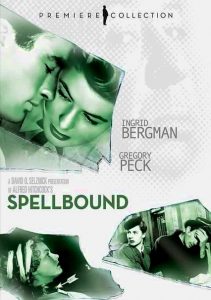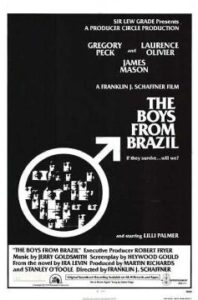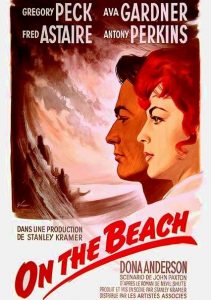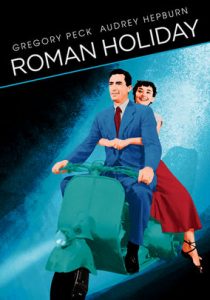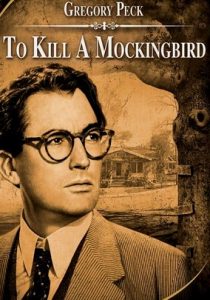The Omen-1976
Director Richard Donner
Starring Gregory Peck, Lee Remick
Top 250 Films #110
Top 40 Horror Films #21
Scott’s Review #331
Reviewed January 8, 2016
Grade: A
On the heels of similarly themed supernatural horror films, and all three classics in my view, The Omen (1976) follows suit with the religious-minded terrifying piece that resembles both The Exorcist (1973) and Rosemary’s Baby (1968).
All three films are cherished gems and favorite horror films of mine.
The Omen (the last to be released) is quite possibly the weaker entry having taken much from the other two films, and at the forefront is a child encompassed by devilish forces.
But to say “weaker” implies it is not good, which is not the case- The Omen is a masterpiece.
Set mostly in London, the film begins in Rome. Gregory Peck plays a powerful diplomat, Robert Thorn. Robert’s wife, Katherine (Lee Remick), has just given birth to a baby, who dies.
Unbeknownst to her, Robert and a priest have taken a newborn whose mother has just died, thereby fooling Katherine into thinking she has delivered a healthy baby boy. They name their child Damien.
Soon, Robert is named U.S. Ambassador of the United Kingdom- an astounding honor, but his and Katherine’s lives spin out of control when strange events begin to occur surrounding Damien, and they realize the child is not “right”.
I adore the many aspects of The Omen. The locale of sophisticated and royal London is perfect. The Thorns live in a grand, palatial estate just oozing with possible horror elements.
During a vast party for little Damien’s fifth birthday, the attendees are gathered on the perfectly manicured grounds of the Thorn home. It is a bright and cheery afternoon.
Suddenly, from the top floor bedroom window, Damien’s fresh-faced nanny publicly hangs herself from the window proudly shouting, “This is all for you, Damien”!
This scene is one of the most horrific and surprising scenes in the film.
When Damien’s new nanny shows up, she is off-putting and sinister. The inclusion of a pack of black dogs hovering around the estate is fiendish, and an innocent trip to the zoo results in the scared animals fleeing from Damien as if he is the antichrist, which of course, he is revealed to be.
Fantastic is the religious element of The Omen, a sure measure to frighten and freak out audiences brave enough to watch this film.
Who will not be on edge as a sweet-looking little kid is assumed to be the devil? Religious elements in horror have been prevalent throughout the film ages.
Perhaps it is the Italian and British accents and settings that add layers of fear to the film.
What I love most about the film is its cynicism. The Omen is not a happy film by any means, nor does it result in a happy ending- Satan wins in the end.
Two memorable scenes are the pole through the heart of the priest scene and the gruesome decapitation of a photographer by a sheet of glass. In both scenes, Satan causes the deaths.
The finale of the film is incredibly compelling and downright shocking- the face-off of Robert and Damien in a church and the prevailing conclusion sets the stage for a sequel, which of course there was more than one.
The sinister smile at the end of the film is immeasurable in its evil nature.
The Omen (1976) is a film that I love to watch and revel in fright when the chills start to creep up my back.
What a fantastic film.
Oscar Nominations: 1 win-Best Original Score (won), Best Original Song-“Ave Satani”
